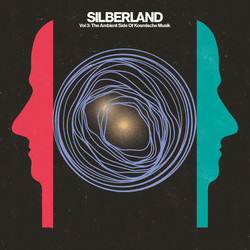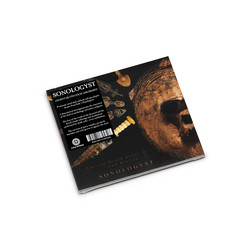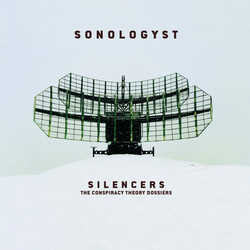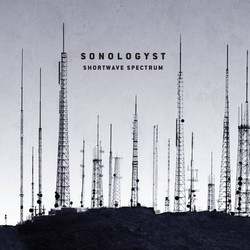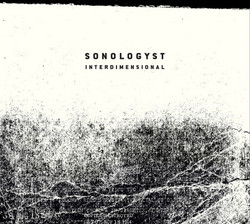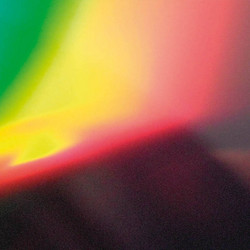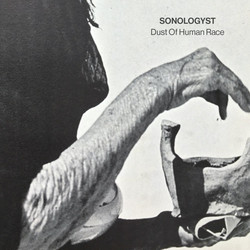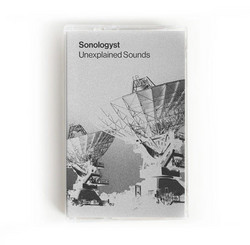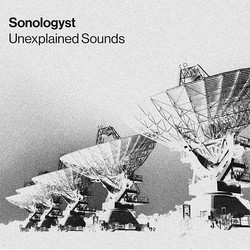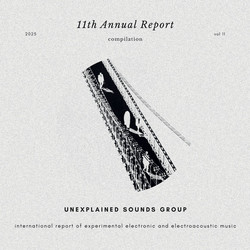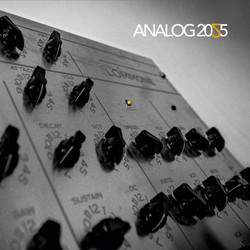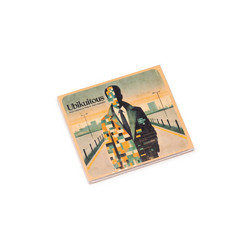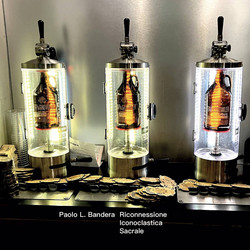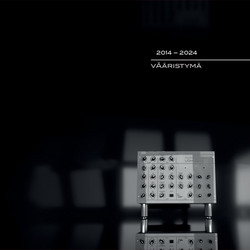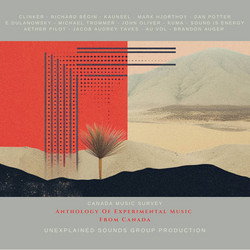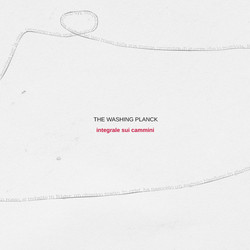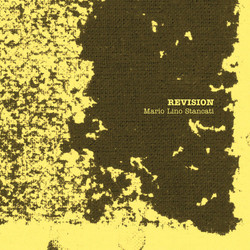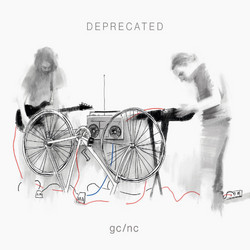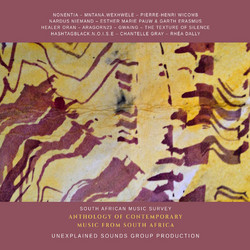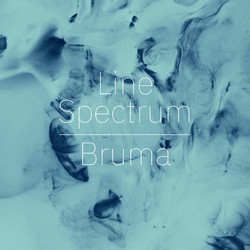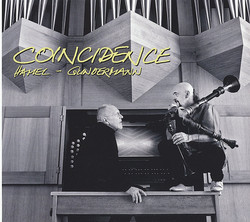*200 copies limited edition.* As the theory of the atom, quantum mechanics is perhaps the most successful theory in the history of science. It enables physicists, chemists, and technicians to calculate and predict the outcome of a vast number of experiments and to create new and advanced technology based on the insight into the behaviour of atomic objects. But it is also a theory that challenges our imagination. It seems to violate some fundamental principles of classical physics, principles that eventually have become a part of western common sense since the rise of the modern worldview in the Renaissance.
The aim of any metaphysical interpretation of quantum mechanics is to account for these violations. In this theory, the electron had maintained some measure of identity as an independent physical system. Even this was lost as the electron continued to mutate into forms ever more remote from Thomson’s corpuscles.
In the 1967-68 Glashow-Salam-Weinberg theory of electroweak interactions, the electron is an even stranger beast: it has massless left-handed and right-handed parts that unite to form a massive particle through interactions with a scalar Higgs field. Finally, in the current Standard Model of fundamental interactions, the electron is a member of the first of three generations of similar leptonic particles that are related in a non-trivial way to three generations of hadronic quarks. With its public person displaying more aliases than a master confidence trickster, we may well doubt that we have or ever will unmask the identity of the real electron in our theorizing. Do we not learn the lesson of history if we cease to take our theories of the electron as credible reports of physical reality? Such concerns have long been a subject of analysis in philosophy of science. They have been given precise form in the “pessimistic meta-induction”: Every theory we can name in the history of science is, in retrospect, erroneous in some respect.
At the moment the question remains: do electron exist or not?



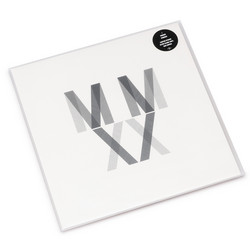














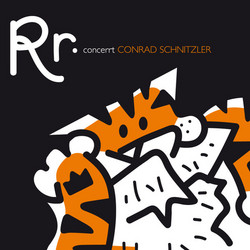



![sans titre troisième partie [toujours venir aux mêmes endroits]](https://cdn.soundohm.com/data/products/2025-12/MzUtNDA5Mi5qcGVn.250.jpg)
